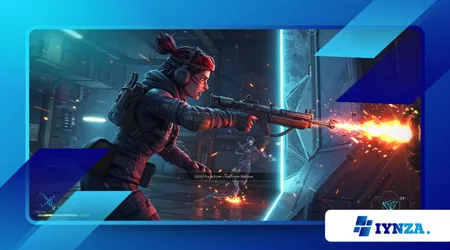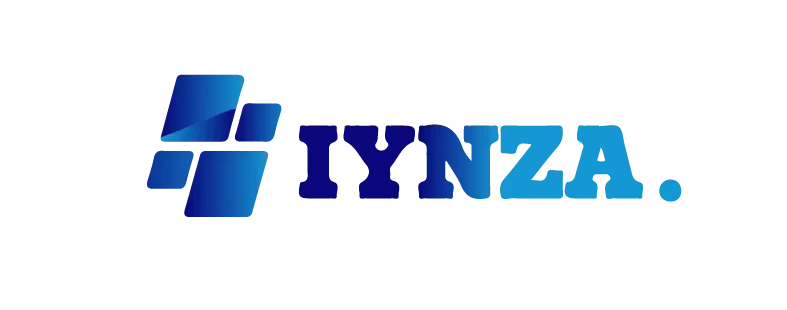5 Exercises to Improve Your Reaction Time in Games

Do you know how to Improve your reaction time in games?
Anúncios
Winning in competitive gaming often comes down to milliseconds. Whether it’s landing the perfect shot or dodging a game-ending blow, your reflexes can define your entire performance.
That’s why improving reaction time in games is one of the smartest ways to gain an edge. And the good news? It’s not just about talent—it’s something you can train.
In this guide, you’ll learn how your brain processes reactions, why speed matters across different genres, and five practical exercises to sharpen your response time.
With a little discipline and the right routine, you can get faster, sharper, and more consistent than ever.
Why Reaction Time Matters in Gaming
Every decision in a game is a race against time. Your opponent moves, and you respond. The quicker you process what you see and act on it, the more control you have.
This isn’t just about reflexes—it’s about how well your brain interprets information and sends signals to your hands.
A 2025 study by Esports Health Network found that top-ranking FPS players consistently react 15–20% faster than average players. That difference is often the space between clutching a round and hitting the respawn screen.
Understanding the Reaction Chain
Your reaction time isn’t a single skill—it’s a chain. First, you perceive a stimulus (like an enemy peek).
Then, your brain processes it, makes a decision, and sends a command to your hands. Each link in that chain can be trained, refined, and optimized with the right approach.
Now, let’s break down five exercises designed to target each part of this chain.
Read also: How to Build the Ultimate Retro Gaming Setup
Exercise 1: Visual Stimulus Drills
Visual reaction drills help your eyes process new information faster. Use browser-based tools like Human Benchmark or reaction speed apps to test how quickly you respond when a color or shape changes. Practice daily and log your results.
Start simple: tap when the screen changes color. Once you improve, try distractions or dual inputs (responding to different cues in different ways) to raise the challenge.
These drills enhance your ability to spot sudden changes on screen—a vital skill for games with fast-paced visuals.
Exercise 2: Aim Trainers and Flicking Routines
Aim trainers like Aim Lab, Kovaak’s, or even dedicated scenarios in CS2 and Valorant help develop precise, timed hand-eye coordination.
Flicking routines specifically train your ability to recognize targets and snap to them in an instant. Use warm-up drills that emphasize quick bursts rather than drawn-out tracking.
Example: A VALORANT player added 10 minutes of flick drills before every session. Within one month, their first-shot accuracy increased by 17%, boosting their rank.
Exercise 3: Peripheral Awareness Training
Reaction time isn’t only about the center of your screen. Training your peripheral vision improves how fast you notice incoming threats or game-changing events on the edges.
Try focus games where you fixate on a central object while responding to movement or changes at the edge of the display. In-game, you can recreate this by hiding HUD elements and practicing awareness without on-screen markers.
Peripheral training reduces tunnel vision and builds better game sense over time.
Exercise 4: Audio Cue Recognition
In many games, reacting to sound is faster than reacting to sight. Gun reloads, footsteps, ability wind-ups—these audio signals give you a head start.
Train with reaction apps that use audio triggers. Or play a few rounds with your eyes closed, responding only to sound cues. This hones your spatial hearing and accelerates your ability to act on auditory data.
Stat Insight: Players who trained audio-only drills three times per week improved reaction-based decision-making in team fights by 14% within six weeks.
Exercise 5: Physical Reflex and Speed Drills
Sometimes, you need to get off the screen. Real-world reflex training helps your nervous system perform better in any high-stakes moment.
Try ball-drop drills, where you catch a ball the instant it’s released. Use ruler drops or tap-response apps to build muscle memory for fast, instinctive motion.
Example: A Smash Bros. competitor used ball-drop drills for two months and reported faster parries and improved response to unpredictable counters.
One Analogy to Remember
Your brain is like a CPU. Training your reaction time is like upgrading both your processor and your RAM. You process input faster, multitask more effectively, and output cleaner, quicker actions with fewer errors.
A Statistic That Says It All
According to a 2024 study by Reaction Lab Global, consistent reaction training three times per week led to a 23% increase in task performance speed and a 19% reduction in input errors after 60 days.
Small efforts, done regularly, produce measurable results.
A Question to Ask Yourself
If your opponents are training their reflexes daily—and you’re not—how long until they leave you behind?
Conclusion
Improve your reaction time in games isn’t magic. It’s a process rooted in repetition, structure, and intentional effort. Whether you’re aiming to climb the ladder or just feel more in control during intense moments, these five exercises give you the tools to evolve.
Train consistently, track your progress, and stay sharp. The games aren’t slowing down—so why should you?
FAQ – Improve Your Reaction Time in Games
1. How long until I see improvement in reaction time?
Most players report noticeable gains within 3–4 weeks of consistent daily training.
2. Are aim trainers necessary for all game genres?
They’re most effective for FPS and action games but still offer benefits for any reflex-based title.
3. Can older gamers still improve reaction time?
Absolutely. While reflexes slow with age, training still improves speed and accuracy at all levels.
4. Do these exercises replace actual gameplay?
No. They complement gameplay by targeting specific weaknesses in your reaction chain.
5. What’s the best time of day to train reaction time?
Morning or early evening sessions yield better focus and neural responsiveness than late-night practice.
6. Can poor sleep affect my reaction time in games?
Yes. Sleep deprivation reduces cognitive performance, slowing reaction time and decision-making.
7. Are mobile apps effective for reaction training?
They can be. Apps focused on visual or auditory reflexes provide a solid foundation for daily practice.
8. Should I train reaction time before every session?
Short warm-ups of 5–10 minutes before competitive matches can prime your brain and hands effectively.
9. What role does diet play in reaction time?
A balanced diet with proper hydration improves focus, coordination, and mental sharpness.
10. Is there a way to measure my progress accurately?
Yes. Track your scores in tools like Aim Lab or Human Benchmark to monitor changes over time.
